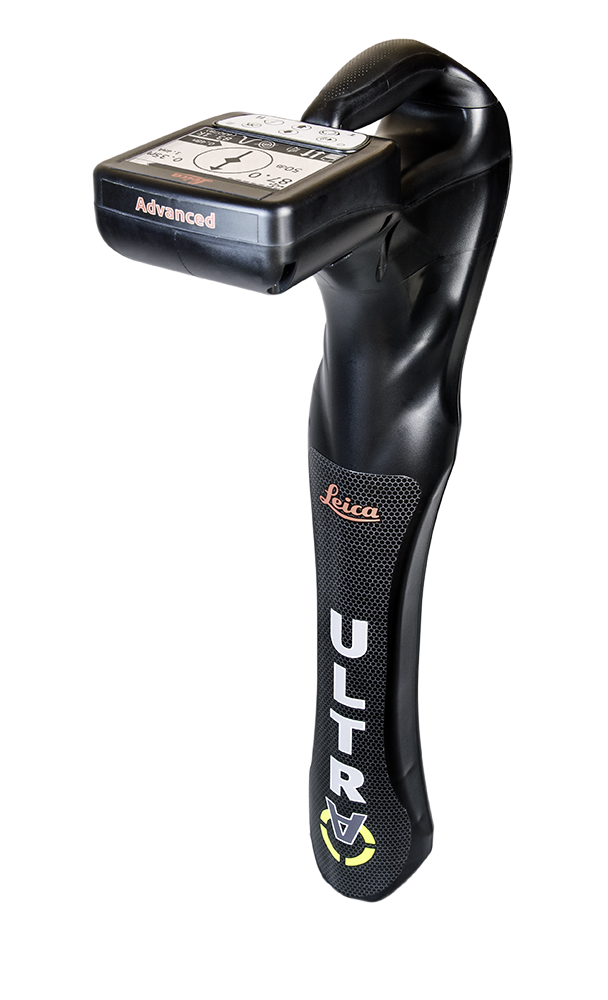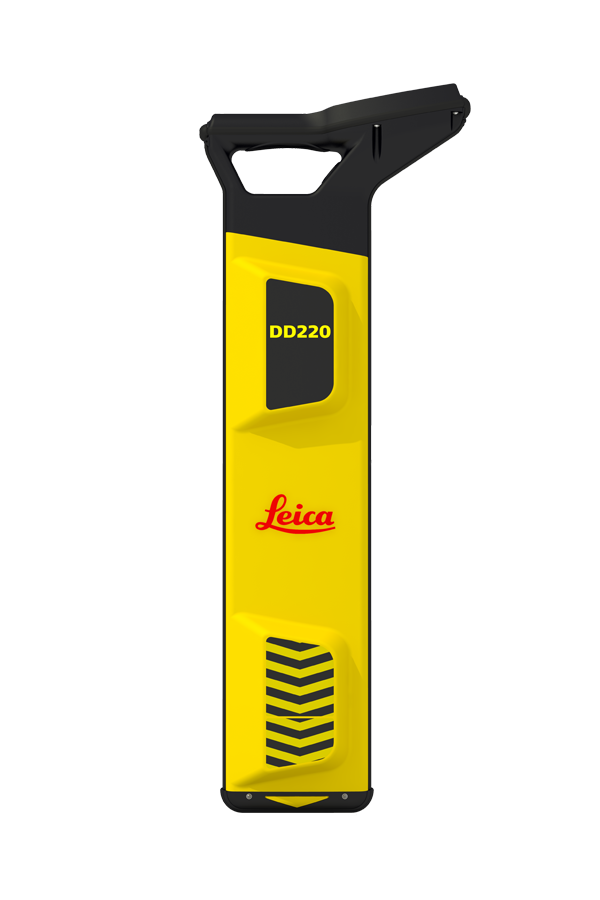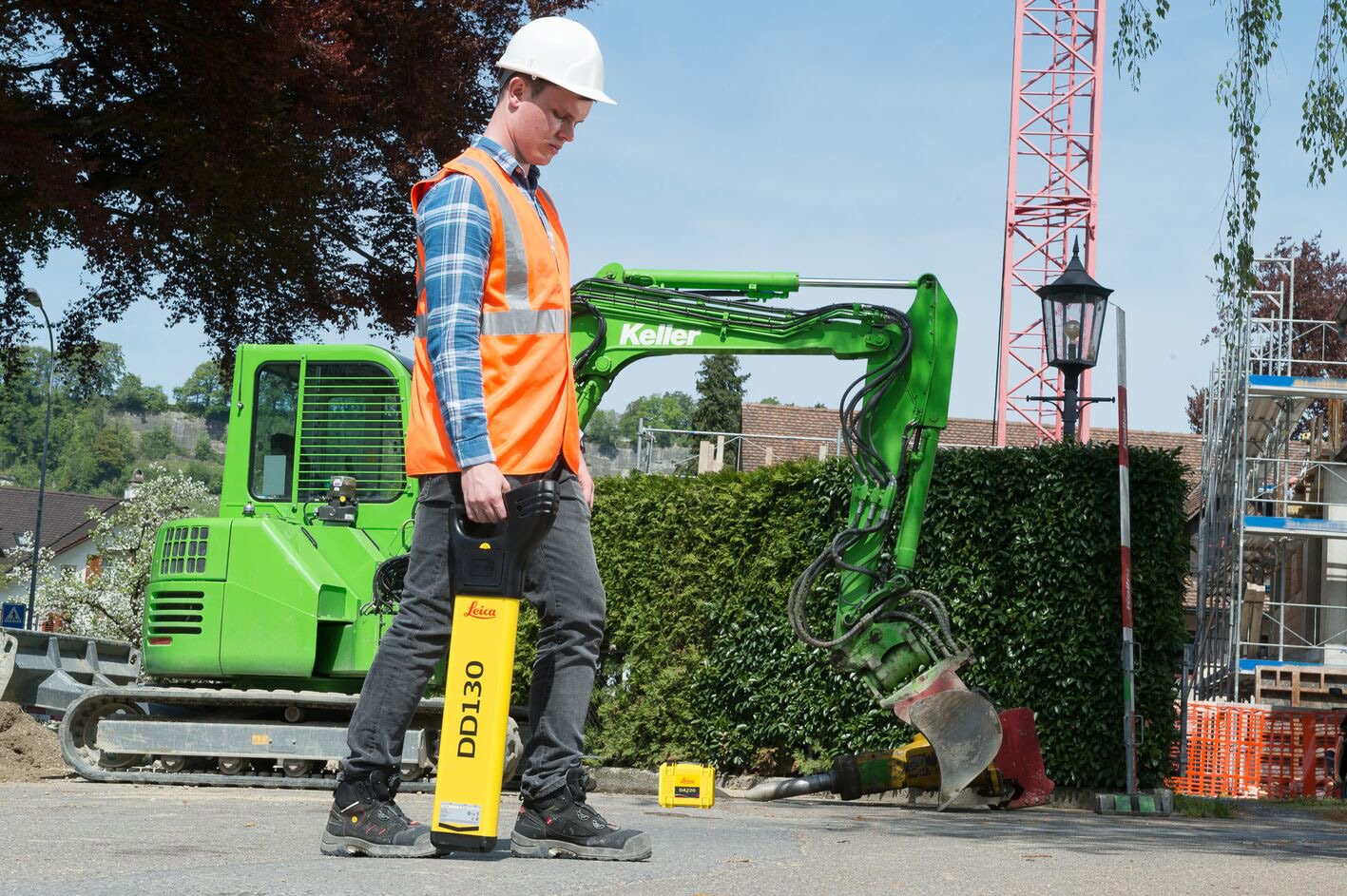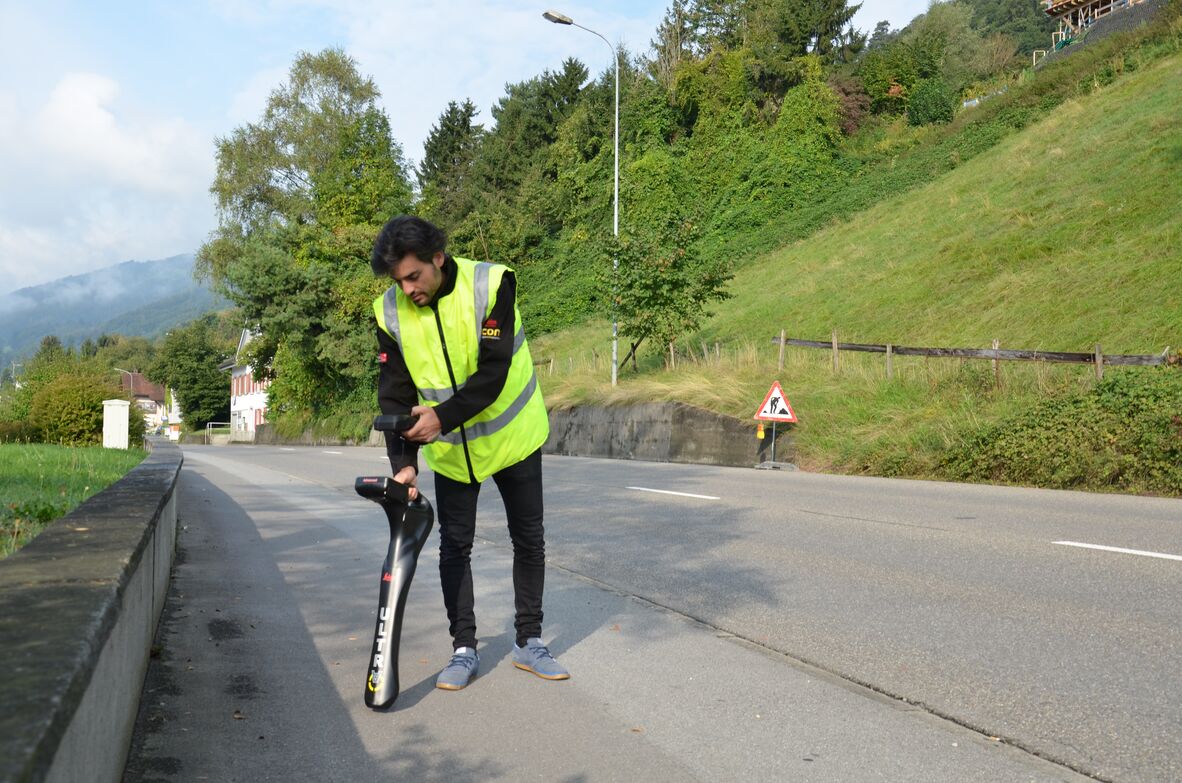Which detector is best for me?
The DD Series is geared towards enabling equipment operators to avoid hitting buried utilities within a defined area. The UI and functions are set up to support a grid search pattern.
The ULTRA series is geared towards tracing a utility from point A to point B. The UI helps the user stay on the path of a buried utility over distance.
The two use cases are not mutually exclusive: You can use a DD locator to trace utilities (the 230 and 130 have tracing modes) or an ULTRA locator to avoid them. It boils down to what you need to do most often.
cable locator comparison
 |
 |
 |
 |
 |
 |
|
|
ULTRA ADV |
ULTRA STD |
DD230 |
DD220 |
DD130 |
DD120 |
|
|---|---|---|---|---|---|---|
|
|
|
|
|
|
|
|
Passive ModesPassive mode is the easiest and quickest way to locate energized cables and metallic pipes. You can either select the power or radio modes. •Power Mode: Locates power signals radiated by energized cables which pose the most significant risk to excavation teams •Radio Mode: Traces signals originating from distant radio transmitters. These signals penetrate the ground and are reradiated by buried conductive utilities |
✓ |
✓ |
✓ |
✓ |
✓ |
✓ |
Active ModesA signal transmitter and the locator are used in conjunction with each other. The transmitter is used to apply a signal to a utility, enabling it to be traced and depth estimation acquired. •Standard avoidance modes: 8kHz, 33kHz, 131kHz |
✓ |
✓ |
✓ |
✓ |
✓* |
✓* |
Long Distance TracingThe lower frequencies of 512Hz and 640Hz allow tracing distances to increase. |
✓ |
✓ |
✓ |
|
✓ |
|
Extra Tracing ModesExtra Active Modes-multiple frequencies from ranging from low to high to complete a wide number of locate applications. |
✓ |
✓ |
|
|
|
|
Depth Estimationis used in conjunction with the signal transmitter or sonde. With a single press of the button operators can determine the depth of a buried utility. |
20 ft |
20 ft |
23 ft |
16 ft |
10 ft |
10 ft |
Current Measurementdisplays the amount of current flowing through a utility helping to trace and verify the utility to which the signal transmitter is connected. |
✓ |
✓ |
✓ |
|
✓ |
|
Depth Accuracyis the accuracy range of depth estimations. |
±5% |
±5% |
±5% |
±5% |
±10% |
±10% |
|
|
|
|
|
|
|
|
| * No 131kHz |
|
|
|
|
|
|

